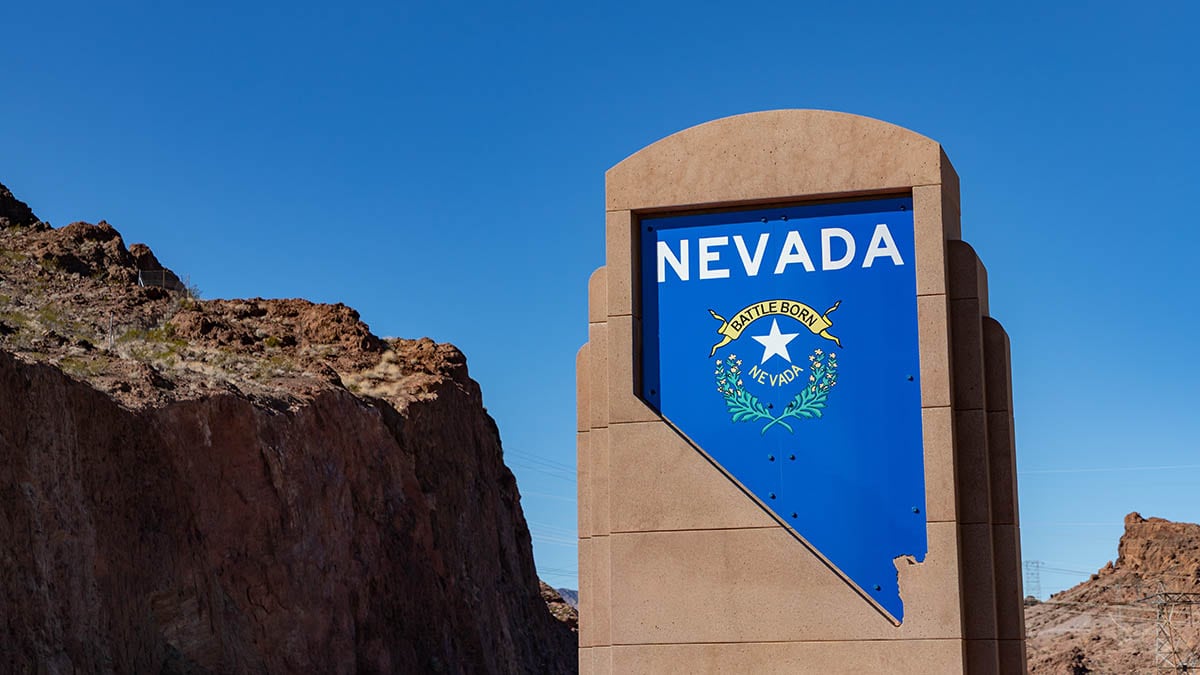At a glance
CDC supports Nevada and other state and local health departments, or their bona fide agents, through cooperative agreements to support childhood lead poisoning prevention activities. Read about the program's successes.

About the program
The State of Nevada received $465,000 through cooperative agreement EH21-2102 from the Centers for Disease Control and Prevention (CDC) in the third funding year. The funds address childhood lead poisoning prevention and surveillance programmatic activities being conducted from September 30, 2023, to September 29, 2024.
The strategies focus on:
- Ensuring blood lead testing and reporting
- Enhancing blood lead surveillance
- Improving linkages to recommended services
To learn more about these efforts in Nevada, contact the program below.
Board of Regents, NSHE, obo University of Nevada, Las Vegas
4505 South Maryland Parkway
Las Vegas, NV 89154
Phone: 702-895-1040 (Southern Nevada)
Phone: 702-453-0434 (Northern Nevada)
Success story: funding year 3
Building Nevada's capacity to identify sources of lead exposure
Challenge
Nevada has five health authorities that respond to children with blood lead levels above the blood lead reference value (BLRV). However, the capacity to address childhood lead poisoning varies across the state due to insufficient funding, staffing, and resources for lead poisoning prevention, case management, and other related services. Although all health districts provide education and some form of case management, the Nevada Childhood Lead Poisoning Prevention Program (NvCLPPP) had significant gaps in its ability to conduct environmental assessments for lead since 2006. Only the Southern Nevada Health District in Clark County has staff trained to conduct such assessments. Meanwhile, the remaining health districts have limited to no ability to identify sources of exposure for children, including those living in areas with increased risk.
Intervention
In 2022, NvCLPPP staff facilitated various activities aimed at addressing lead poisoning in Nevada. Efforts centered around building partnerships, which proved pivotal in securing support to tackle critical gaps in responding to identified lead cases. One of the key partners was the Nevada Department of Environmental Protection (NDEP) administrator, who joined the NvCLPPP Advisory Board in 2022. Collaboration between NDEP and NvCLPPP was crucial in leveraging resources and expertise to address childhood lead poisoning effectively.
Impact
An exemplary outcome of this partnership was the joint application submitted by NDEP and NvCLPPP for nearly $2 million of the American Recovery Plan Act (ARPA) funding. Three health districts serving over 50% of the counties received funding, which enabled them to comprehensively enhance their capacity to respond to childhood lead poisoning. More specifically, health districts were able to upgrade outdated equipment or procure new equipment, acquire necessary supplies, train their staff, and develop or refine protocols for responding to cases to improve their responses to cases of childhood lead poisoning. Overall, collaboration between NvCLPPP staff, NDEP, and other partners, exemplifies a concerted effort to safeguard the health and well-being of Nevada's children by mitigating the risks associated with lead exposure.
Funding for this work was made possible in part by the Grant or Cooperative Agreement Number, 1 NUE2EH001366-01-00, funded by the Centers for Disease Control and Prevention (CDC). The views expressed in this material do not necessarily reflect the official policies of CDC or the Department of Health and Human Services; nor does mention of trade names, commercial practices, or organizations imply endorsement by the U.S. Government.
Success story: funding year 1
Expanding reach by breaking down barriers
Challenge
Environmental, cultural, and social factors increase the risk of lead poisoning among Latino/Hispanic children in Clark County, Nevada. These factors include imported food products, folk remedies, food preparation methods, living in older housing with lead-based paint, and proximity to industrial operations and highways from living in older communities. Complicating this burden is the lack of trust among the Latino/Hispanic population, leading to hesitations in seeking treatment or resources, making outreach to these populations difficult.
Intervention
To address the environmental, social, and cultural barriers, the Nevada Childhood Lead Poisoning Prevention Program (NvCLPPP) collaborated with the Vision y Compromiso network to enhance lead poisoning awareness and increase screening using a promotor model. Vision y Compromiso is an organization that helps unify individuals from the Latino/Hispanic community throughout specified regions. The NvCLPPP focused on training community liaisons (promotores) in the Nevada network about lead poisoning prevention, sources, risk, outcomes, and the importance of having children under six screened.
Impact
The NvCLPPP trained ten promotores during the first training session held in April of 2018. These ten promotores represented a variety of institutions in the valley that engage with Latino/Hispanic communities. In addition to training promotores, NvCLPPP anticipates that using the Promotor Model and the Theory of Change, which aim to build relationships, share information, and engage communities into collective action, will build trust and expand messaging with the Latino/Hispanic community about lead poisoning prevention.
Funding for this work was made possible in part by NUE2EH001364 from the Centers for Disease Control and Prevention (CDC). The views expressed in this material do not necessarily reflect the official policies of the Department of Health and Human Services; nor does mention of trade names, commercial practices, or organizations imply endorsement by the U.S. Government.
